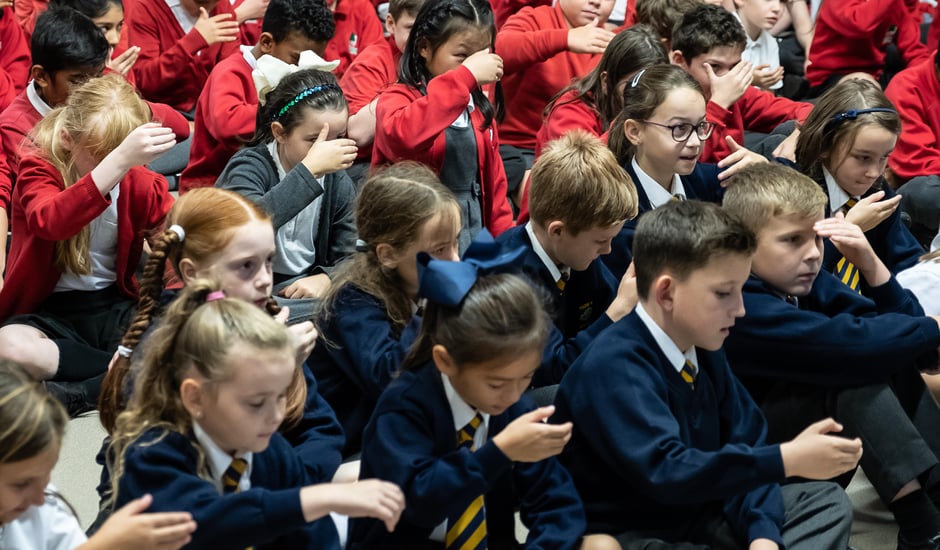Arts & Culture for Peace: Finding peace with ourselves and our planet
Welcome to the new UNESCO Associated Schools Programme Network (ASPnet) Arts & Culture for Peace Initiative. UK ASPnet, supported by Japan’s National ASPnet Coordinator, is leading this new Initiative, which is inspired by the UK-Japan Between the Stones project and pilot projects by five Coventry schools.
About the Initiative
This is a new Initiative that will potentially run for three years. Schools worldwide may apply to participate. Expressions of interest should be sent to the UK National Coordinator in the first instance. The Initiative was officially launched at the International Virtual ‘Connecting for Peace’ UNESCO ASPnet U.K. Conference on 17 June 2022.
Three Action Areas
The UNESCO ASPnet Arts & Culture for Peace Initiative focuses on three important ASPnet Action Areas related to ‘peace’, ‘sustainability’ and ‘intercultural learning and heritage’.
An Umbrella for the Arts & Culture
The aim is for young people around the world to work on the following ‘transformative’ arts & culture for peace activities:
e-forest for Peace – Create artistically dynamic peace trees (real or imagined) with peace poems and images to highlight the importance of living in peace with ourselves, our communities, and our planet
Performing Arts for Peace – Develop and perform stories, plays and songs that reflect our global citizenship, cultural diversity and the challenges of ensuring a more peaceful world through the transformative efforts of students
Gardens for Peace – Use ideas and designs for peace gardens to support the well-being of others, as well as to convey the critical and urgent importance of living more peacefully and sustainably with nature, ourselves and our planet.
Schools may work on one, two, or all three activities – or any combination of these.
They are also asked to use a ‘less is more’ minimal creative and intellectual approach across diverse cultural forms, which will also reflect the spirit of sustainability in completing this activity. Schools may work with artists and other partners.
The results of these activities should aim to benefit both local and global communities in relation to the three ASPnet Action Areas.
Conflict and Peace Study
Schools will begin their projects with a study of ‘conflict’ and ‘peace’. Many activities (including this study) will also be more effective if linked to local events that relate to the ASPnet Action Areas of ‘peace’, ‘sustainability’ and ‘intercultural learning and heritage’. This gives schools ample scope to consider which approaches are likely to be most impactful.
Connecting for Peace requires both reflection and action – and it is perhaps useful to reflection on these quotes by Mahatma Gandhi.
An eye for an eye makes everyone blind
— Mahatma Gandhi
The Arts & Culture for Peace Initiative provides an opportunity:
To demonstrate that peace can prove to be stronger than conflict & division
To illustrate that ’from acorns mighty oak trees do grow’ – individual creative elements from each student can be enjoyed, shared, discussed and combined to produce creative group outcomes which can be shared to benefit our wider communities locally and internationally – by working together as global citizens…
To give voice to our children – the future belongs to them – their ideas about how we can strengthen the ASPnet Action Areas matter and can support the international community effectively by creating opportunities from the challenges which lay ahead…
The UNESCO ASPnet Action areas are vital, interrelated and urgent for everybody. Without peace we cannot achieve sustainability, and without having a tolerant relationship between cultures we will not have peace. Without peace, all of our human rights are at risk.
Art has the potential to provide a creative mirror through which we can reflect on our impact on society.
— Jannette Cheong, Author of Between the Stones


